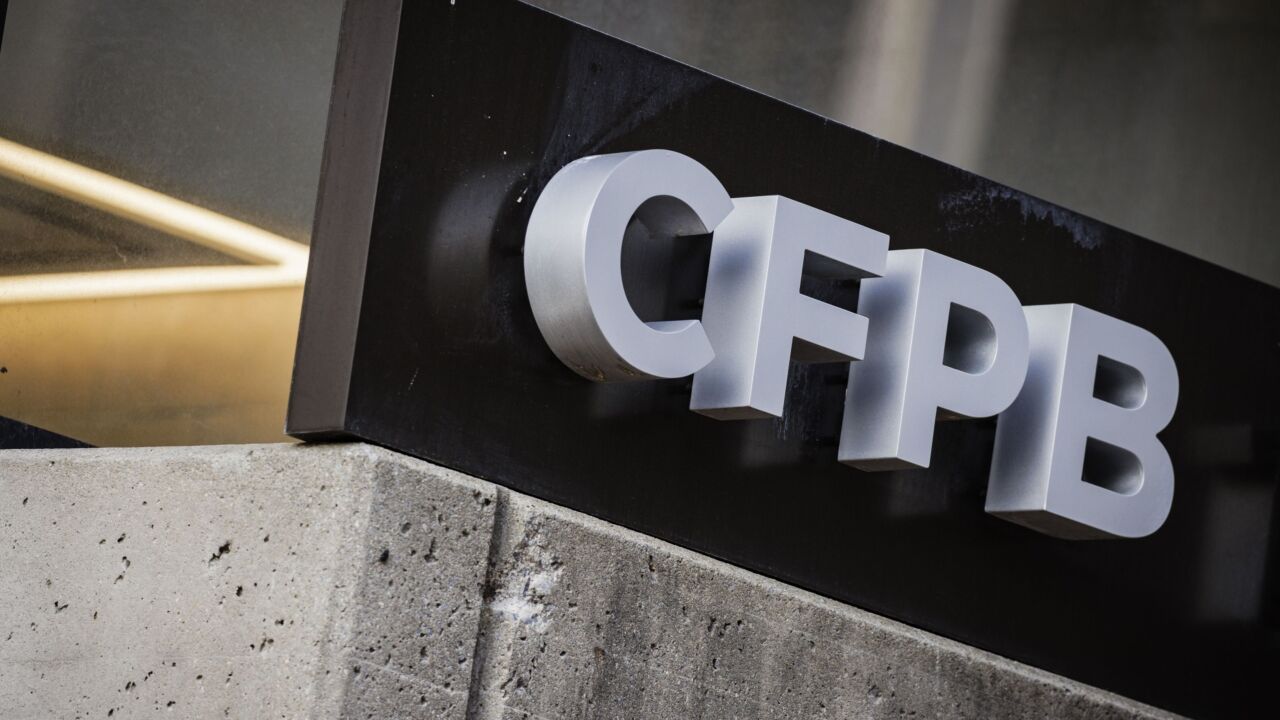Since contactless cards' introduction in 2005, issuers have released more than 14 million new contactless cards in the United States.
Among the potential new form factors are two-dimensional fobs, resembling grocery store loyalty cards, and three-dimensional key fobs that can be fashioned into just about any shape imaginable, such as a football helmet or a medallion in the shape of a company logo. Mobile phones, watches, and portable music players enabled with contactless payment are also on the horizon.
The new array of form factors, along with traditional cards, gives issuing banks a way to differentiate their products and target demographic groups with contactless-enabled payment devices that match their lifestyle.
Offering a more personalized, speedier way to pay for purchases may let card issuers lower their customer-acquisition costs, which can average $120 per customer.
By offering contactless-enabled cards and alternate form factors, card issuers can make their payment device stand out, not only among the three cards (on average) the consumer is likely to already have in his wallet, but also among the hundreds of traditional card offers they receive each year. As offer response rates to these new choices increase, issuers can cut back on customer-acquisition solicitations and, consequently, spend less on direct mail and other marketing.
It isn't only the card issuers that will benefit from these new payment forms; there are many perks for their customers. Consumers can indulge their tastes and interests with personalized form factors, while enjoying the benefits of a faster, more convenient transaction experience.
The technology also enables multiple applications, including loyalty and reward programs, to be combined on a single payment device, further enhancing its usefulness to consumers. So whether it's a music player for joggers, a mobile phone for parents running errands, or a key fob for people leaving the office to grab lunch, consumers will be able to pay on the go with their device of choice. And, finally, don't underestimate the inherent "cool factor" of a new technology to help drive the market.
As consumers experience the benefits of new payment forms in initial market trials and deployments, issuers will be better able to evaluate their level of acceptance. Consumers have come to trust cards as a traditional form of payment, and they may be skeptical of new options.
Contactless payment technology and alternate form factors are actually more secure than traditional cards, but in the minds of some cardholders, a key fob that doesn't contain a name or account number on its exterior may not offer the same level of security as its predecessor. To win consumers' confidence, card issuers must communicate that these new technologies do in fact offer improved security over traditional payment cards.
New form factors require technology component suppliers to raise the bar. The power requirements and read-range performance of the chip and antenna in a contactless payment card is critical for a true "tap-and-go" consumer experience.
Achieving the standard 4-centimeter read-range with robust transaction processing is even more challenging for small key fobs, which require smaller antennas than those in contactless cards. Suppliers must optimize chip designs for low-power operation to correctly enable the smaller antennas and meet the performance requirements.
Another exciting new method of payment will come via the most ubiquitous portable electronic device in the world, the mobile phone, enhanced with a technology known as Near Field Communications. Adding NFC payment functions with a range of other electronic banking options could turn the phone into a portable financial manager.
However, getting to the point where the mobile phone becomes such a powerful tool for consumers will take time. Though it is estimated that 30% of phones will be equipped with NFC by 2010, the industry must first finalize both a standards-based infrastructure and a business model that satisfies all the stakeholders in this complex market segment.
Despite barriers, there is no doubt that consumer acceptance of contactless technology and alternate form factors will continue to grow. As issuers explore different payment forms and conduct consumer trials, it's likely they will discover that the form factor of choice will vary as much as consumers' individual tastes. Ultimately, the payment world will encompass a wide range of options, leaving consumers to select their favorite.





